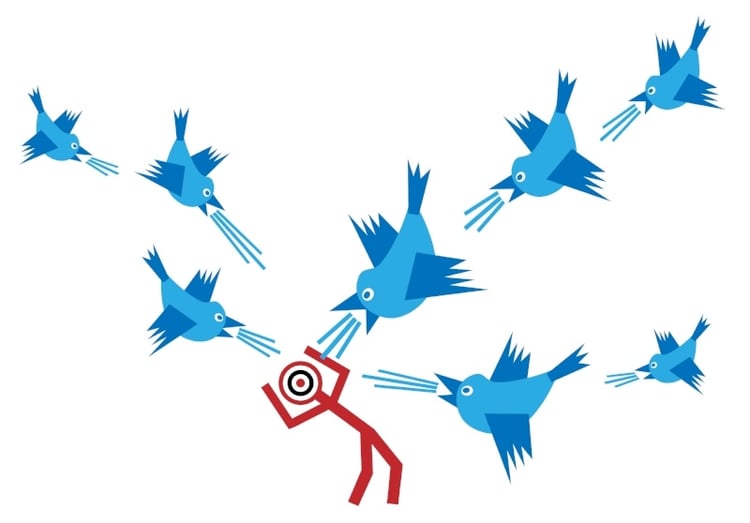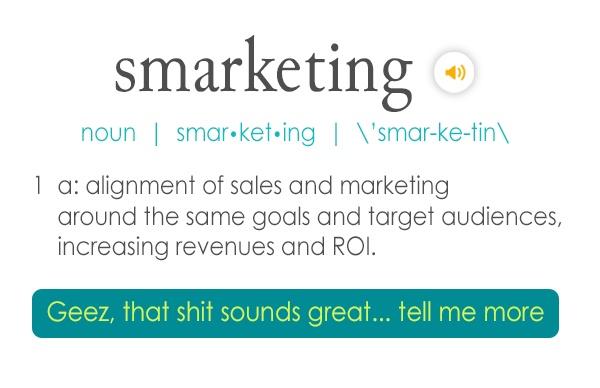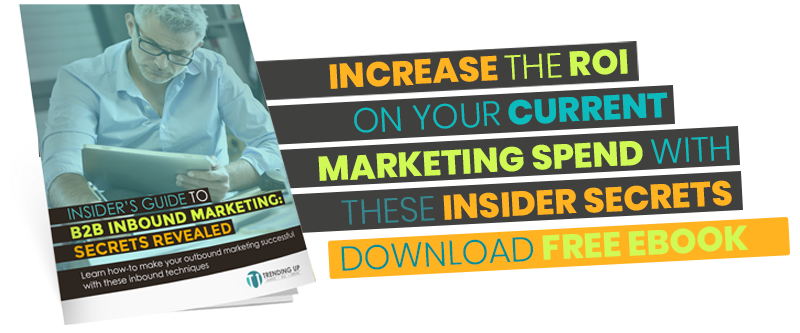The best, and sometimes worst, part of these digitized times is that an abundance of information is a few clicks, taps or swipes away. The upside is that, if you are a stealthy enough, you can triumph in any trivia game. The downside is that consumers are inundated with a staggering stream of information on a daily basis. The average urban American is exposed to an outrageous 5,000 advertisements each day through television, radio, websites, billboards and various social media portals, according to NYTimes.com.
 For sales professionals, this means that not only do your clients have access to the most of the same information you do, they also experience the same advertising blitzkrieg. With caller ID and increased pressure at work, it can be difficult to just to reach prospective clients who have are indifferent to advertisements and sales pitches. Now, it’s even more vital to make a lasting and positive impression when you do meet with prospective clients. But traditional sales methods are going the way of the corded phone and the floppy disk.
For sales professionals, this means that not only do your clients have access to the most of the same information you do, they also experience the same advertising blitzkrieg. With caller ID and increased pressure at work, it can be difficult to just to reach prospective clients who have are indifferent to advertisements and sales pitches. Now, it’s even more vital to make a lasting and positive impression when you do meet with prospective clients. But traditional sales methods are going the way of the corded phone and the floppy disk.
Product-oriented Selling Techniques are Ineffective
Product-based selling techniques—or presenting clients with pre-designed packages or dozens of products and a litany of technical information—can be overwhelming, ineffective and a waste of time to clients who can be informed enough to already have a basic idea of what they are want—or at least—what they don’t.
“Product-oriented selling can easily lapse into product evangelism, with the salesperson attempting to convince the customer of the superiority of the salesperson's product. This is ineffective. Pushing a product too hard drives a customer to raise an objection, because that's the only way the customer can reclaim the conversation,” Geoffrey Lewis of SellingPower.com writes.
Therefore, you need to add some modern tricks to your sales arsenal in order to become a valuable advocate for your clients, not just your own bottom line. More sales representatives are adopting a consultative or relationship-based sales approach. Consultative selling is an easily adaptable new method of sales enablement or techniques, activities or programs that support sales. Simply put: it’s a more open-ended and collaborative approach to sales, Act-On.com reports.
More Effective: Buyer-oriented Selling Techniques
Consultative selling offers a different, low-pressure approach to sales that focuses on building a productive relationship with clients instead of using a one-size-fits-all pitch. It can be integrated into any sales repertoire by using these four techniques.
Listen and Set Goals.
The most important step in a consultative sales approach to selling is to ditch your product manual and listen to your client’s wants and needs, according to LinkedIn. To close more sales, the primary focus should be to discover what the client is interested in, worried about or hoping to improve, and use that information inspire future recommendations and to set realistic results to measure successes.
 For example, if a father of five is looking for a vehicle for his family, a car salesman shouldn't waste their collective time by proposing flashy sports cars. He should recommend an affordable mini-van with noted safety features. After all, that's exactly what the buyer is looking for. Though the initial sale not might be as lucrative, however, he has now earned that client's trust and any potential recommendations he may make to family, friends and colleagues.
For example, if a father of five is looking for a vehicle for his family, a car salesman shouldn't waste their collective time by proposing flashy sports cars. He should recommend an affordable mini-van with noted safety features. After all, that's exactly what the buyer is looking for. Though the initial sale not might be as lucrative, however, he has now earned that client's trust and any potential recommendations he may make to family, friends and colleagues.
Connect with your clients.
People often trust the word of their friends more than professionals, so it’s important to establish a connection with clients that is a bit of both. It can only bolster your relationship to call clients just to check in, celebrate their successes, and treat any their problems as a reason to work harder. Archit Arora, Senior Business Development Executive for AppStudioz Technologies, writes for LinkedIn.com, “Top salespeople, positioning themselves as consultants, see themselves as resources for their clients. They see themselves and carry themselves as advisors, mentors and friends.”
Demonstrate knowledge in your field.
While most people can research potential products online, they don’t have the industry expertise that sales representatives hone during their careers. This is where you can demonstrate your product knowledge by explaining their strengths, weaknesses, and nuances. You can bring that knowhow and confidence in your meetings and guide your clients towards products that will best help their business.
 For example, a manufacturer creating machinery specific to packaging ground coffee may begin by targeting established coffee production facilities. Sales representatives familiar with the industry will also suggest targeting the smaller coffee facilities because the market for niche coffee production is growing rapidly and those producers will shortly need knowledge about automating their production and packaging. This new targeting tactic will require knowledge of the products and methods to best target both types of facilities.
For example, a manufacturer creating machinery specific to packaging ground coffee may begin by targeting established coffee production facilities. Sales representatives familiar with the industry will also suggest targeting the smaller coffee facilities because the market for niche coffee production is growing rapidly and those producers will shortly need knowledge about automating their production and packaging. This new targeting tactic will require knowledge of the products and methods to best target both types of facilities.
Your expertise will not only reassure and build trust with clients, but it will also help you become an invaluable resource. “It has been proven in many industries that if you use consultative selling techniques you will make more money by being able to hold a higher profit margin, close a higher percentage of your deals and feel a greater sense of self-worth because you will help your clients to solve problems,” Arora writes.
‘No’ isn’t always a loss.
With consultative selling, it’s important to measure success in terms of results. If a client isn’t responsive to one product, it’s not a failure. You now understand more of what the client needs, and can:
- re-evaluate and make new recommendations
- make a note to contact the client in the future, or
- remove them from prospect lists all together, which frees up time to approach new prospects that may be interested in what you have to offer.
Ultimately, consultative selling is a great inbound selling technique that takes the pressure off you and the client, and turns the sales experience into a collaborative venture, which can be extremely lucrative for both sales representatives and their clients.
Want to learn how to turn your sales team into inbound consultants? Smarketing - sales and marketing, working together toward the same goals - is the first step. Learn more in our guide to smarketing.






